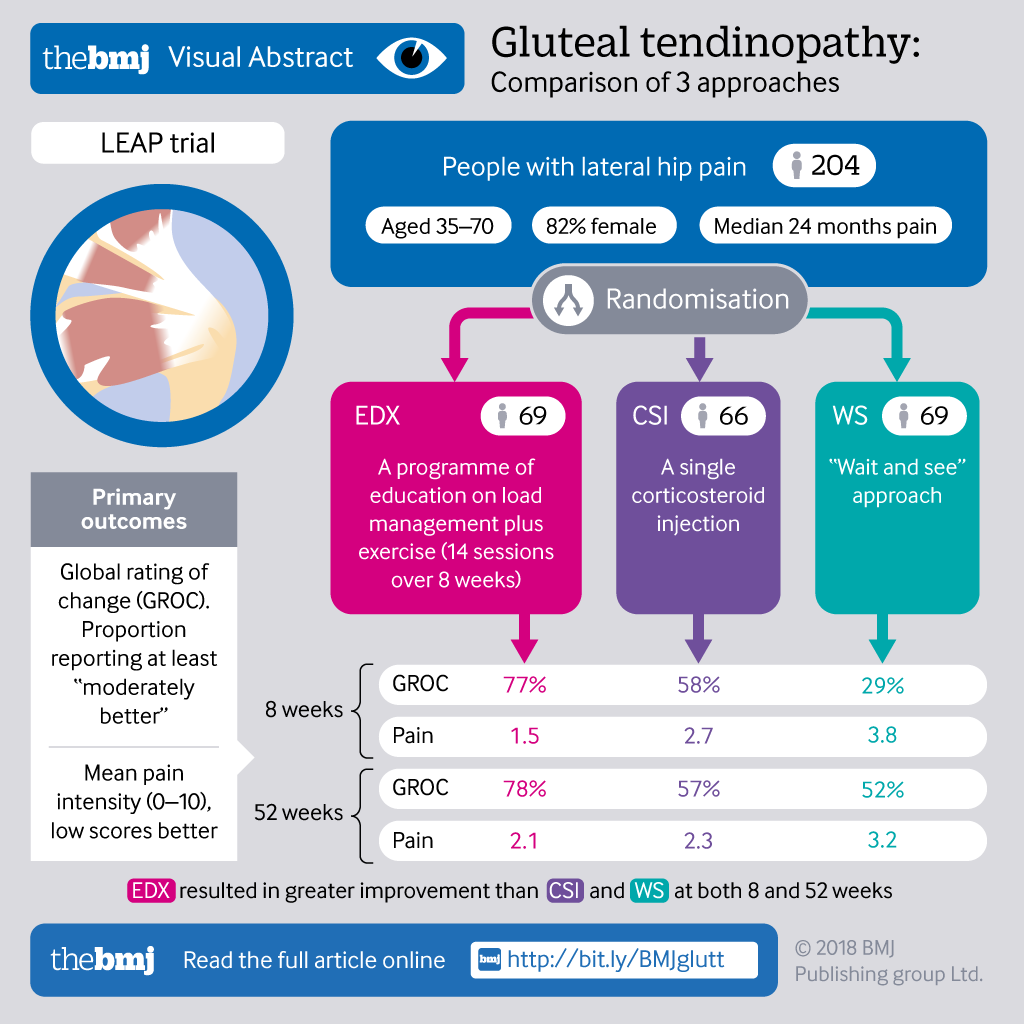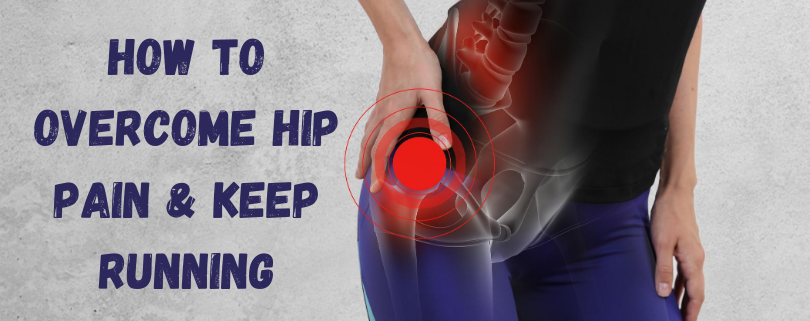How to overcome hip pain & keep running
Lateral (outer) hip pain will commonly present as gluteal tendon pain. A correct diagnosis is obviously important, but I have seen ‘hip bursitis’ over-diagnosed throughout the running population. In fact, some studies have shown that in subjects with lateral hip pain, only 8% have bursa involvement. None-the-less management is quite similar. So how do we overcome persistent or acute lateral hip pain? Our first step is to categorize you into the ‘activity modification’ phase or the ‘capacity building’ phase.
Hip Pain step #1: Activity modification
This is quite an irritable, acute phase with aggravation when attempting to strengthen the area. This may take up to a week to settle but requires identifying 2-3 activities that cause pain and modifying the angle of the hip out of compression. Some common strategies involve:
- Sleeping with a pillow between your knees
- Sitting on higher chairs
- Avoiding cross-legged sitting
- Avoiding the knee buckling inwards when climbing stairs
- Not over-stretching your gluteal muscles
- Widening your step width when running.
After symptoms are less irritable, we can move onto the next phase.
Step #2: Capacity building phase
This is the bread and butter of physiotherapy management and involves strengthening the leg/hip/trunk and raising the load tolerance of the lateral hip structures. This may initially require side lying leg raises in outer range to avoid compression or doing some more functional strengthening exercises like controlled squats with wider feet. Depending how the hip is responding we will gradually progress the load but also trial loading the hip into greater ranges of compression. Closely monitor symptoms with your physio and progress as needed until you have returned to all functional activities.
Hip pain for running: Steroid Injection Vs Strength Training
The research supports education and exercise as the most effective treatment and alternatives such as injections and long-term passive treatments should be avoided. Consider the study below.
The Mellor study in 2018 looked at 204 people with more than 3 months of lateral hip tendinopathy and assigned them
- Corticosteroid group (one ultrasound guided injection)
- Strength exercise & advice group (14 sessions over 8 weeks, advice on tendon loading and a home exercise program)
- Wait and see group (one session of advice about condition).
Results found better outcomes in pain & function questionnaires for the exercise group at 8 weeks and 52 weeks compared to the other 2 groups. Exercises within the exercise group included strengthening of the hip abductor muscles and dynamic control of adduction during function. Starting with side lie hip abduction, bridging, squats. And progressing to single leg standing control, side steps with band and scooters.

Relevant Blog posts
- Detecting early warning signs running injuries
- Tendon pain: The top 3 tips all runners should know
- How to know if you are strong enough for running
- Why stretching won’t help muscle tightness
Relevant Podcast episodes
- Running Technique insight Chris Bramah
- Strength training 4: Exercises & program planning Richard Blagrove

